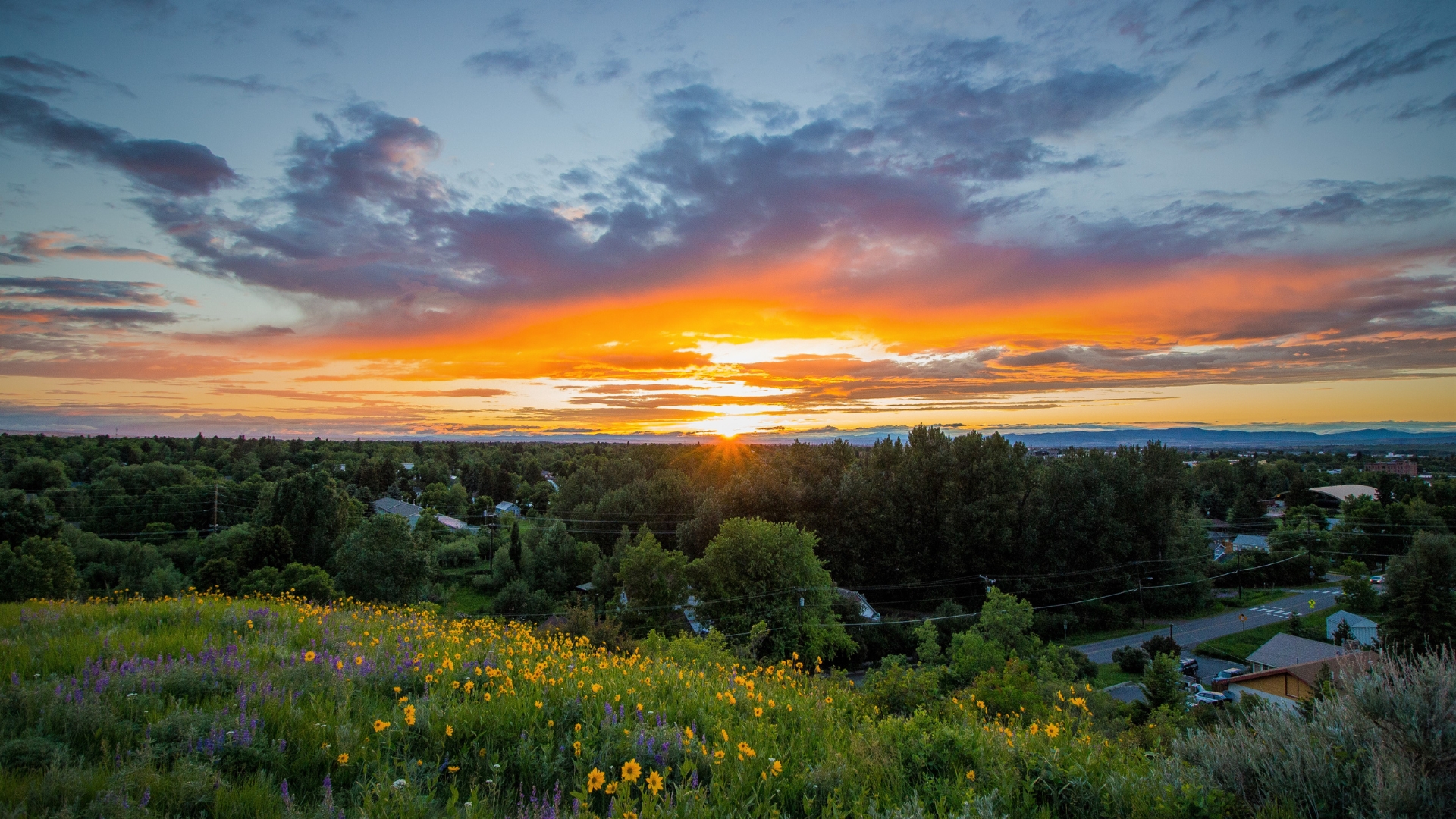By DOROTHY BRADLEY
Guest columnist
We are beginning to see the surfacing of proposals to divide and conquer our last vestiges of Montana wilderness. These remaining acreages have been protected for a number of decades as
Wilderness Study Areas, thanks to the foresight of previous leaders. The oddest thing about most of these recent proposals is that the term “wilderness” seems to almost have vanished.
Regarding the Custer Gallatin National Forest, the “preferred alternative” of the U.S. Forest Service would set aside seven little wilderness islands totaling 125,675 acres, even though another feasible alternative would set aside 700,000 acres in 39 areas. This means that 700,000 acres actually qualify for wilderness, but we’re ready to let them go — which will be a forever choice.
One of the remarkable things we have learned about the Bob Marshall Wilderness, formally designated in 1964 and over a million acres, is how well it still swallows up a lot of users. Google “The Bob,” as we love to call it, and see the many opportunities it provides and the many related jobs it sustains. Yes, most trailhead areas are getting trampled under increasing people-pressures, but once one is twenty miles up a trail, one can start sensing the extraordinary solitude of wilderness. One thing is certain — none of us ever hear complaints such as, “Darn that early forester, Bob Marshall, for envisioning such a big tract of land with no highways and airports and chairlifts and hotels!”
In comparison to the one million plus acres of The Bob, the Custer Gallatin Forest’s preferred alternative of 125,675 acres divided into seven spots is heartbreaking — particularly, located as it is,
within shouting distance of Big Sky and a stone’s throw of Bozeman.
The discussions these days are focusing and compromising on human recreational use of every imaginable kind, forgetting that the purpose of these areas is to let them exist for their own innate qualities. Wilderness provides a homeland for wildlife, and is of adequate size and diversity to provide protection, food, migration, and space to reproduce. Wilderness is an undisturbed and quiet landscape where hibernators can sleep out the winter, predators can thrive in the absence of hunting and trapping, and snowmelt will replenish lakes and streams letting trout migrate in the spring and survive the hot days of summer. Wilderness is not about our leisure activities. It is not about us at all. It is about something larger than us.
There is room in our state and in our country for every kind of recreation, from snow mobiles to dirt bikes to heli-skiing. And yet, the Forest Service’s preferred plan proposes over 433,500 acres
for serious and mega-serious recreation in these last vestiges of wilderness couched in such terms as “backcountry” and “high density recreation development.” And it must be noted that the studies and proposals for the future use of these areas have barely addressed our most daunting challenge of all — climate change. Just when we should be everlastingly grateful for the existence
of these pristine areas, and the opportunity they afford us for improving our understanding of biodiversity, species extinction, and ecological resilience, we are poised to divide them up into little attractions at an amusement park.
One step we could take this very day, is to request that President Biden direct the Forest Service and the Department of the Interior to suspend any agency actions that would release Wilderness
Study Areas in Montana, or negatively affect their wilderness values, until such time that we can get an accurate assessment of their value and potential to help meet the challenges of climate change and leverage natural climate solutions.
Montana’s own Institute on Ecosystems, co-located at Montana State University and the University of Montana, is designed in such a way as to execute such an assessment.
After all these decades of waiting, we have nothing to lose, and so much to gain, by supporting one last overview to assure that these final decisions are based on the most recent and best science.
We can do this. Will we step up to one last call of the wild?
Dorothy Bradley is a former state representative who lives in Clyde Park.
Bozeman Daily Chronicle Guest Editorial 4/23/21

